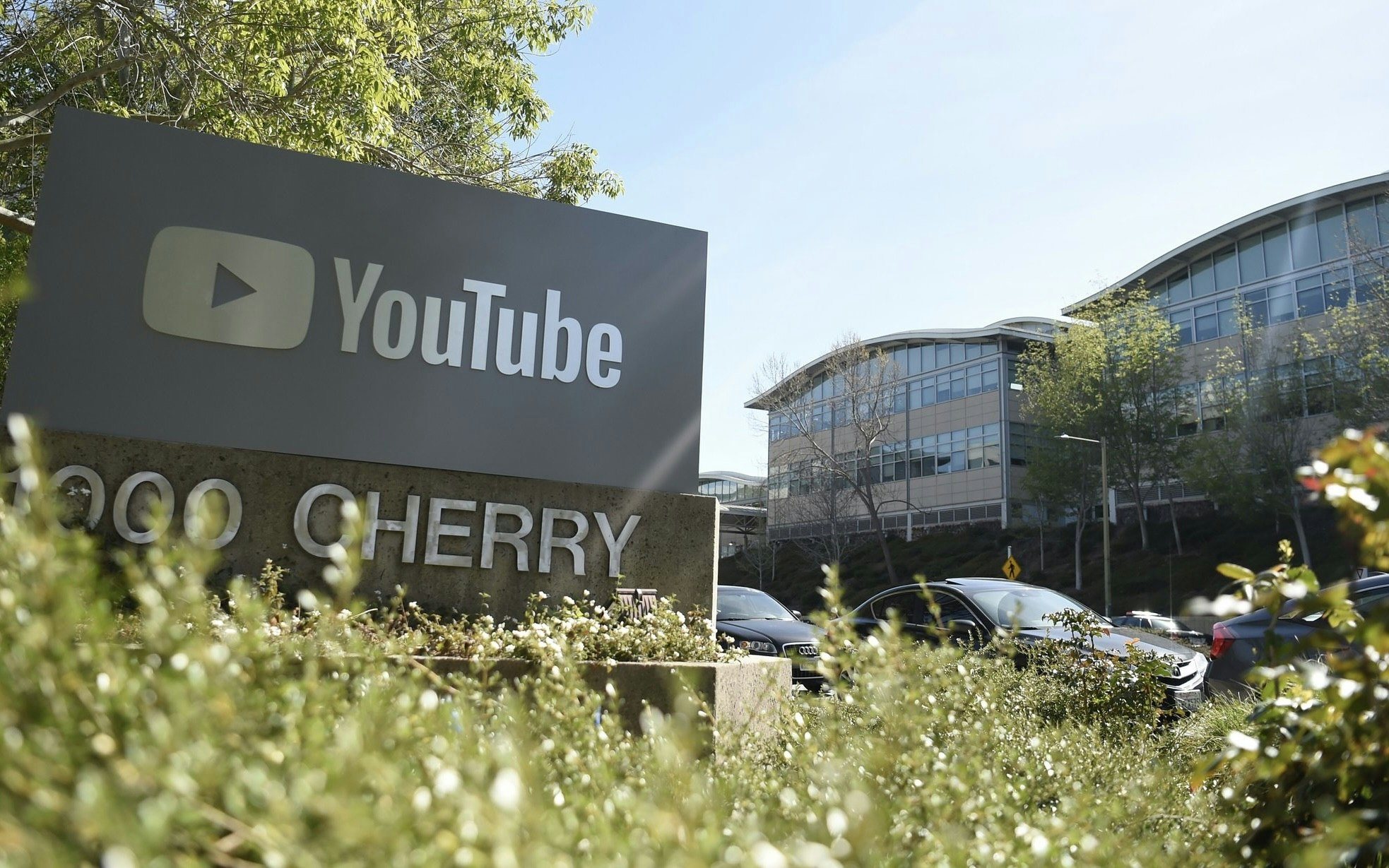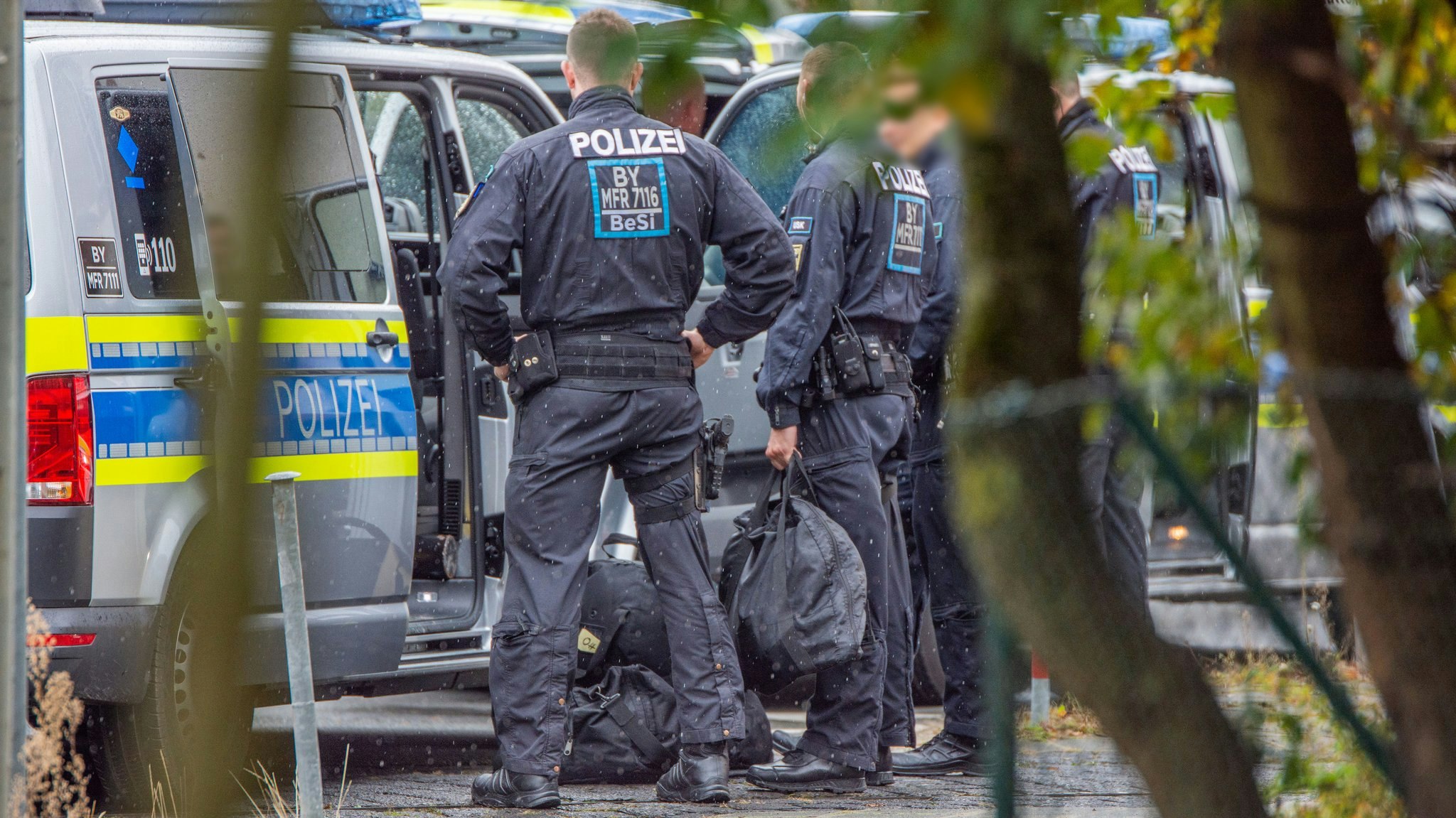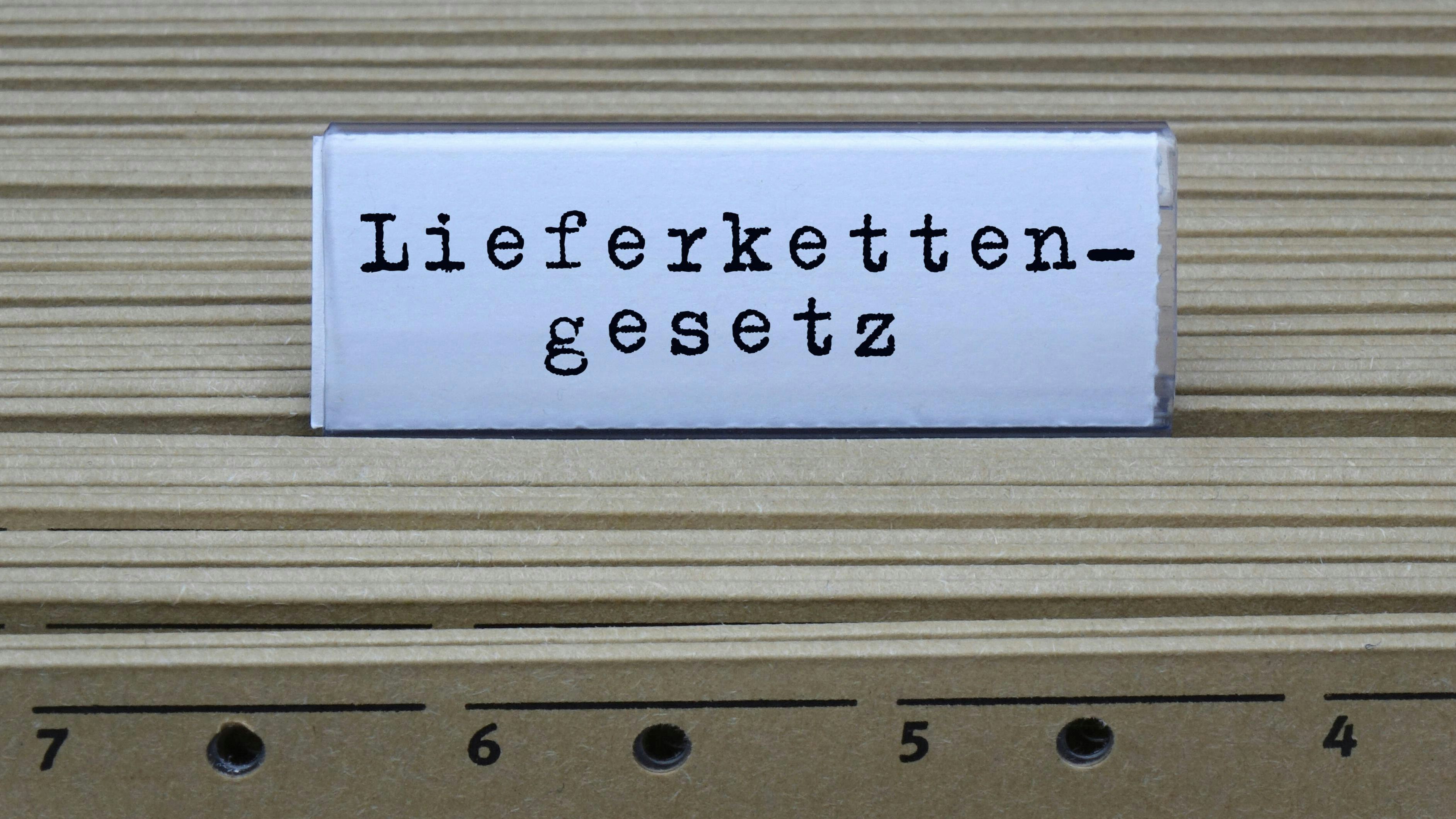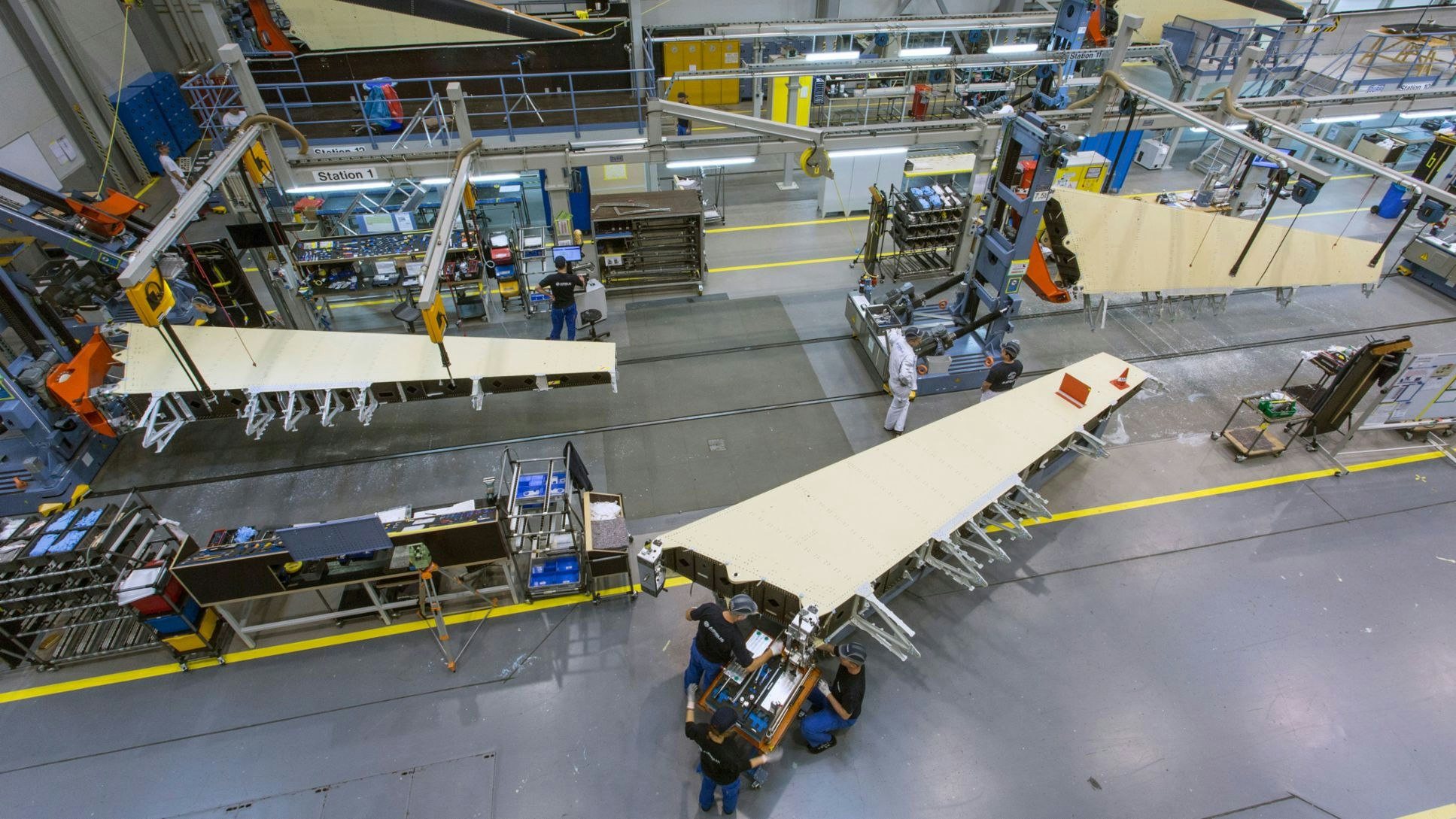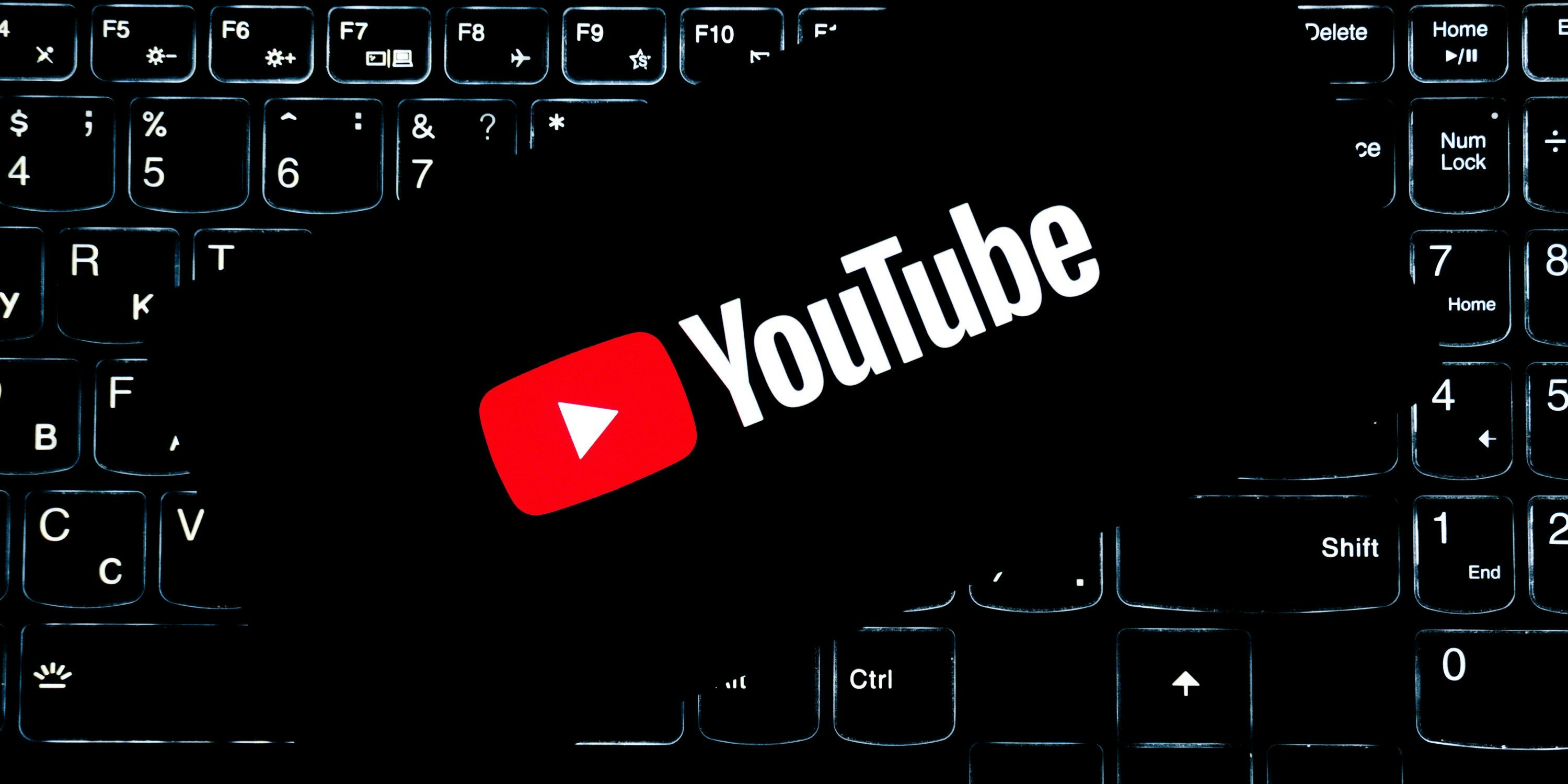YouTube has admitted that it has been using artificial intelligence for months to automatically alter videos—without informing or obtaining consent from the affected creators. This mainly affects YouTube Shorts, where AI-supported methods for sharpening, noise reduction, and color correction were used.
For many users, the intervention initially went almost unnoticed. But some of the most well-known music YouTubers, including Rick Beato and Rhett Shull, noticed subtle artifacts: smoothed skin, exaggerated details, distorted body parts. "It looks like bad over-sharpening, and worse yet - like something that no longer comes from me," said Shull. He warned that the approach could undermine the trust of his community.
The criticism was mainly sparked by the fact that YouTube actively interferes with creators’ works without consultation. While Google smartphones or Samsung devices offer similar processes transparently, action was taken here without opting in. "That is a difference: on their own phone, users decide for themselves which features are active," said Samuel Woolley, a professor at the University of Pittsburgh.
YouTube itself spoke of an "experiment" with classical machine learning, not with generative AI. However, experts consider the distinction rhetorical. "Machine learning is a subset of AI - the difference is not relevant here," says Woolley. What is more important is that the platform alters content before it even reaches the audience.
In this way, YouTube joins a growing debate about the creeping loss of authenticity in digital media.
The danger, critics say, lies in the erosion of trust. When even successful creators no longer know whether their face, tone, or message remains unchanged, the line between original and algorithm blurs. "This is a prime example of how AI becomes a medium that defines our reality," warns Woolley.


